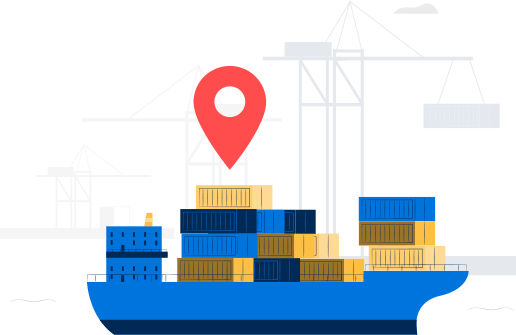
23 Jul
The export declaration, which may also be called the Customs declaration, is what you must submit to obtain an export declaration number (EDN). In other words, it provides details about various aspects of a consignment to the Australian Border Force for the purpose of getting the Customs clearance. With this in mind, you should be careful while filling the declaration form. One good step is to keep the entire information ready and easily accessible to avoid any delays and errors.
The form for declaring goods intended for export contains a number of sections. In order to fill them with accuracy, you can have an overview of each section and address your concerns and doubts in advance. Here’s a guide that can help you understand some of these sections and the information they require.
About People
To begin with, you need to choose the right ‘Reporting Party Type’. Select the right option depending on whether you are the ‘Owner’ (exporter) or the ‘Agent’. Going further, if you are the goods owner, the following two fields will have the same ID that would be an Australian Business Number (ABN) or a Customs Client Identifier (CCID):
- Reporting party ID
- Goods owner party ID
On the other hand, you could be an agent lodging the declaration on behalf of a client. In that case, you need to fill your own ABN/CCID in the first field and the client’s ABN/CCID in the second.
Besides, you should be ready with details regarding the consignee. It should be noted that the consignee should be the actual importer and it can’t be a bank or a freight forwarder or any other third party.
About Places
Next, be ready to share information regarding places your goods would transit through. These include:
- Warehouse establishment ID: It refers to the ID of the source warehouse from where you would remove the goods. You need to provide it only if the goods are either customable or excisable.
- Consignee city: The place to which the recipient of the goods belongs.
- Goods origin code: It refers to the state of origin of the goods. For instance, it would be NSW if the goods originate in New South Wales and VIC if the originating state is Victoria and so on.
- Ports: These include the port of loading as well as the first port of discharge.
- Final destination country code: The country which is the ultimate destination of the exported goods.
About Goods
The category includes a number of fields that require information about the goods intended for export. First, you must choose whether the goods are of prescribed or non-prescribed type. Second, there is a field that demands goods description. Be careful to share clear details about each category of goods that you include in the consignment. In addition, the declaration requires details like AHECC code, net quantity of the goods, gross weight of the goods, goods origin code and goods origin country code.
About Cargo
Under this section, you have to fill details like cargo type (whether containerized, non-containerized, combination or bulk), total number of packages, total number of containers and so on.
About Transport
Choose whether you would be exporting the goods via air or sea. Accordingly, provide details like vessel ID, voyage number, flight number etc.
About Permits
Along with the information included in the above sections, you must also keep ready the permit details (like prefix and number). You would need to provide these for exporting goods in certain categories. For example, you should obtain in advance a permit from the Wine Australia Licensing and Approval System (WALAS), if you wish to export wine from the country.
Now, that’s indeed a bulk of data you need to manage. Rather than doing it manually, prefer choosing a software for better access and management of information and to eliminate the possible errors.


